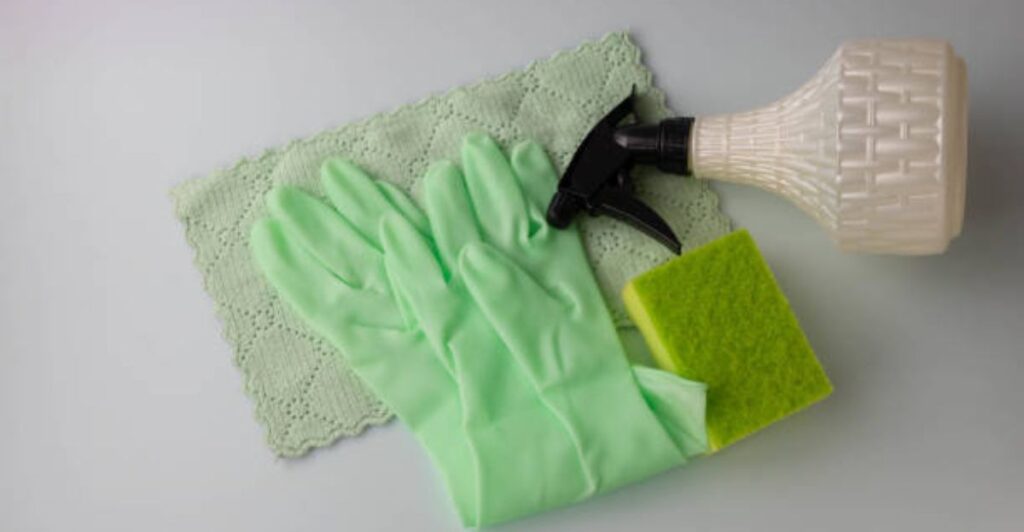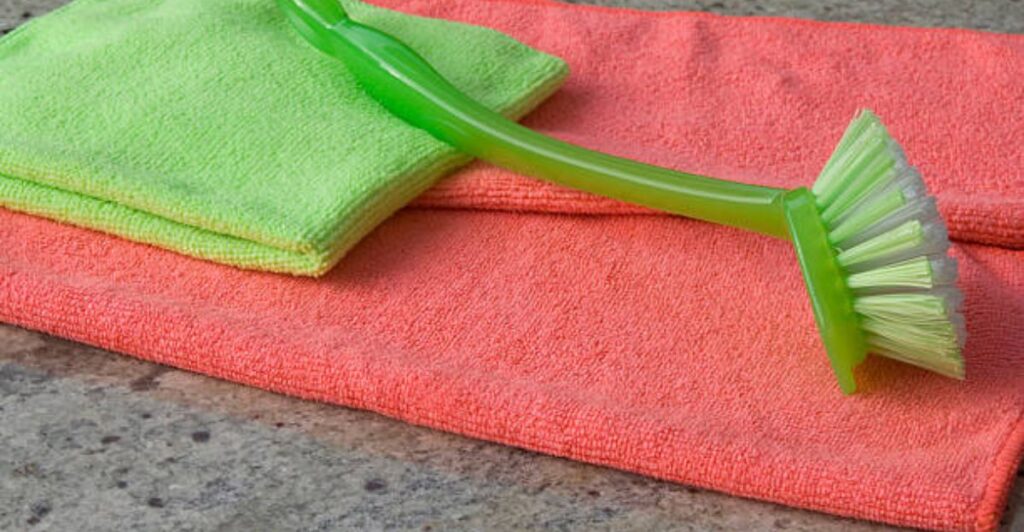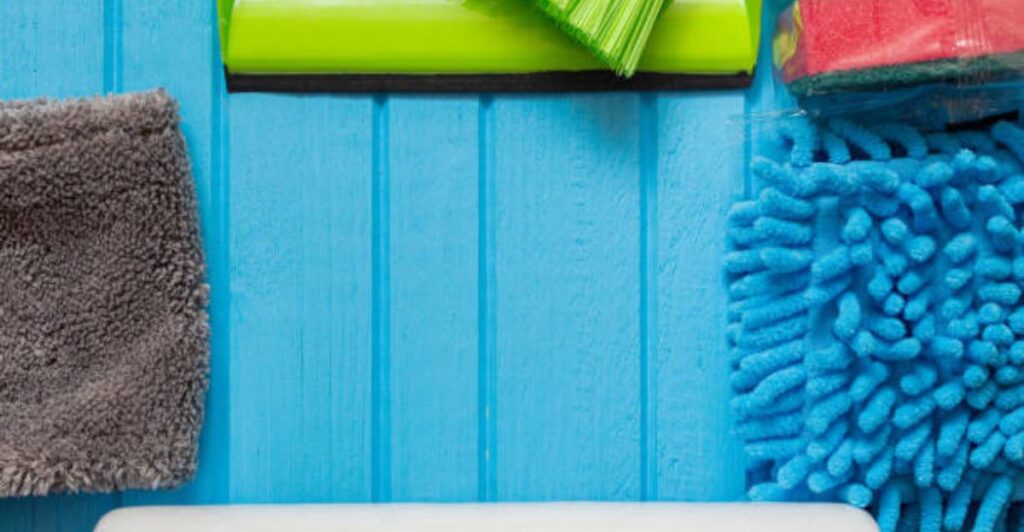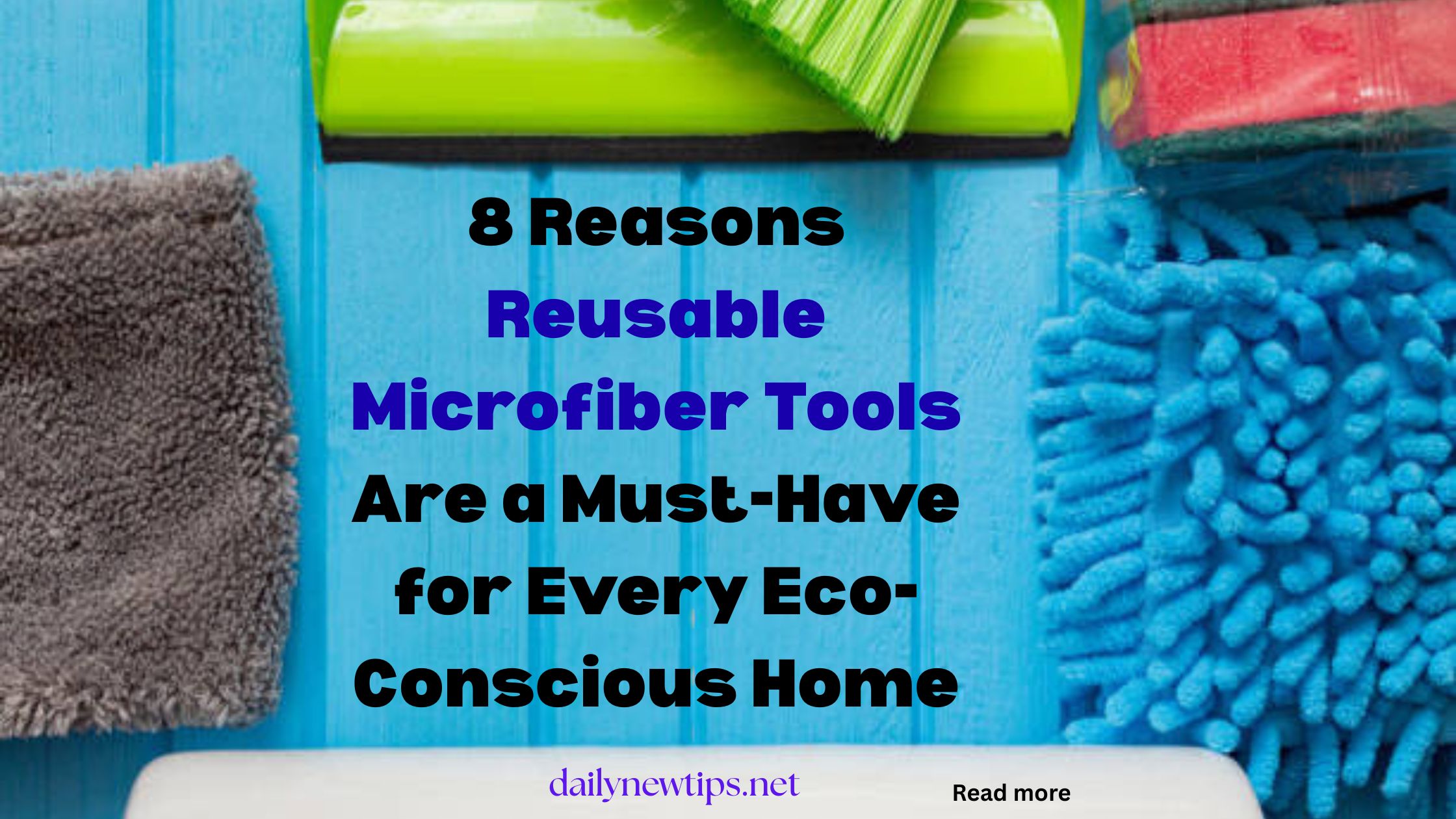Introduction
8 Reasons Reusable Microfiber Tools Are a Must-Have for Every Eco-Conscious
In today’s eco-aware world, sustainable living begins right at home. One of the simplest yet most effective ways to reduce waste and promote environmental responsibility is by switching to reusable microfiber tools. From cleaning cloths to mops and dusters, these tools not only keep your home spotless but also help minimize your carbon footprint. Let’s explore why microfiber tools are essential for every eco-conscious household and how they contribute to a cleaner planet..
🌿 8 Reasons Reusable Microfiber Tools Are a Must-Have

1. Exceptional Cleaning Power
Microfiber cloths can trap dirt, dust, and bacteria more effectively than traditional cotton cloths. The ultra-fine fibers lift and lock in particles instead of spreading them around, ensuring a deep clean with minimal effort.
2. Eco-Friendly Alternative to Disposables
Unlike paper towels or single-use wipes, reusable microfiber tools can be washed and reused hundreds of times. This reduces household waste and prevents millions of disposable cleaning products from ending up in landfills each year.
3. Saves Water and Cleaning Products
Microfiber’s strong absorption capability means you can clean effectively with less water and fewer cleaning chemicals. Many surfaces can be cleaned using just water, reducing your exposure to harsh chemicals.
4. Durable and Long-Lasting
High-quality microfiber tools are designed to withstand hundreds of wash cycles without losing their cleaning efficiency. This durability makes them a cost-effective investment for eco-friendly households.
5. Ideal for Allergy Sufferers
Microfiber captures allergens like dust mites and pollen efficiently, improving indoor air quality. It’s a great option for homes with allergy-prone individuals.
6. Safe for All Surfaces
From glass and wood to stainless steel and tiles, microfiber tools are gentle yet powerful. They don’t scratch surfaces, making them perfect for delicate cleaning tasks.
7. Reduces Plastic Waste
By replacing disposable wipes and synthetic cleaning pads, microfiber tools significantly cut down on plastic pollution, supporting a cleaner environment.
8. Cost-Effective for Long-Term Use
Though microfiber tools may cost slightly more upfront, their long lifespan and reduced need for cleaning products make them far more economical in the long run.
🌟 Benefits of Using Reusable Microfiber Tools

Reusable microfiber tools have revolutionized home cleaning by offering efficiency, durability, and eco-friendliness—all in one. Here are the key benefits that make them a must-have for every household:
1. Superior Cleaning Performance
Microfiber cloths are made up of ultra-fine fibers that attract and trap dust, dirt, and bacteria. This ensures a deeper, streak-free clean compared to traditional cotton or paper-based cleaning materials.
2. Eco-Friendly & Sustainable
Switching to reusable microfiber products drastically reduces the amount of waste generated from disposable wipes and paper towels. By reusing the same tools multiple times, you help lower landfill waste and conserve natural resources.
3. Cost Savings Over Time
Though microfiber tools may have a slightly higher initial cost, their long lifespan and reusability mean you spend less on replacement cleaning products in the long run.
4. Chemical-Free Cleaning
Microfiber’s electrostatic properties allow effective cleaning using just water—no harsh chemicals needed. This creates a healthier environment, especially for families with children or pets.
5. Allergy-Friendly Cleaning Option
Microfiber captures allergens like pollen, pet dander, and dust mites, improving indoor air quality and making it a perfect cleaning companion for allergy sufferers.
6. Quick Drying & Hygienic
Unlike sponges or cotton cloths that retain moisture, microfiber dries quickly, preventing bacterial growth and unpleasant odors.
7. Gentle on Surfaces
Soft yet strong, microfiber tools clean delicate surfaces like glass, stainless steel, and electronics without scratching or leaving streaks.
8. Versatile for Multiple Uses
From floors and countertops to car interiors and electronics, reusable microfiber tools are highly adaptable for various cleaning tasks.
In summary: Reusable microfiber tools not only enhance cleaning efficiency but also align perfectly with eco-conscious living. They’re a smart investment for anyone aiming to keep their home spotless while caring for the environment.
- Enhances indoor air quality
📈 Trending Now: Microfiber Cleaning in 2025
As sustainability and smart home solutions continue to shape consumer behavior, the microfiber cleaning space is evolving in exciting ways. Here are some of the key trends emerging in 2025 that show how reusable microfiber tools are being reimagined:
1. Integrated Smart Microfiber Devices
Microfiber mops, cloths, and dusters are now being combined with smart technologies — built-in spray systems, sensors to detect dirt levels, and even smartphone app controls. These additions help users optimize cleaning, track usage, and know when tools need washing or replacing.
2. Eco-Certified & Recycled Fibers
Brands are launching microfiber tools made from recycled plastics (e.g. ocean-bound plastic) or using eco-certified production processes. These “green microfiber” options reduce environmental impact from raw materials onward. Dazzle+2Hellamaid+2
3. Multi-Surface & Hybrid Cleaning Kits
Rather than separate cloths for glass, wood, stainless steel, etc., many 2025 microfiber kits are multi-surface. Some include hybrid pads with layered microfiber plus scrubbing edges, so one tool can adapt to more tasks. Dazzle
4. Color-Coding & Hygiene Systems
To avoid cross-contamination, customers are adopting color-coded microfiber systems (e.g. red = bathroom, blue = kitchen). This ensures hygienic cleaning especially in households or shared spaces. Hellamaid+1
5. Increased Demand from Commercial & Institutional Use
Offices, hotels, schools, and medical facilities are switching to microfiber cleaning tools for their durability, hygiene performance, and lower long-term cost. This broader adoption is pushing innovation in higher-quality and larger-scale microfiber systems. Greenly Pro+2Busy B’s Cleaning+2
6. Microfiber Meets Biotech & Enzyme Cleaners
Rather than relying purely on water, some microfiber tools are designed to pair with enzyme-based cleaners or probiotic sprays, combining mechanical cleaning with biological stain breakdown for deeper cleaning with less harsh chemicals. Dazzle+1
7. Subscription & Replacement Models
Given the lifespan and performance declines over time, some brands are offering subscription services where microfiber pads or cloths are replaced at regular intervals. This model helps customers maintain optimum performance without having to track replacements themselves. Atomix Logistics+1
8. Emphasis on Transparency & Eco-Labels
Consumers want proof — brands in 2025 are increasingly using third-party certifications, full ingredient/fiber disclosures, and eco-labels to build trust. Microfiber tools with certifications like Global Recycled Standard or OEKO-TEX are gaining traction. Hellamaid+1
🔍 Why These Trends Matter for You (as a Homeowner)
- You’ll find microfiber products that perform even better and last longer.
- You’ll be able to align your cleaning tools with your values (recycled materials, transparency).
- The smarter tools will make cleaning more efficient (less guesswork, better scheduling).
- The maintenance and replacement burden can be reduced via subscription models.
If you like, I can also generate a 2025 “microfiber cleaning trends” infographic or a fully formatted section you can plug into your article. Do you want me to prepare that?
💡 Suggestions for Best Results

Getting the most out of your reusable microfiber tools requires proper care, cleaning, and usage techniques. Follow these expert suggestions to ensure long-lasting performance and maximum hygiene in your eco-friendly cleaning routine:
1. Wash Microfiber Tools Separately
Always wash microfiber cloths, mops, and dusters separately from cotton or lint-producing fabrics. This prevents fibers from clogging the microfibers, keeping them effective for longer.
2. Avoid Fabric Softeners and Bleach
Never use fabric softeners, dryer sheets, or bleach when washing microfiber. These chemicals coat or damage the fibers, reducing their ability to trap dirt and absorb moisture.
3. Use Mild Detergents Only
Choose a gentle, eco-friendly detergent. Strong detergents may break down the fibers and reduce absorbency over time.
4. Air Dry for Longer Lifespan
Although microfiber tools can be tumble-dried on low heat, air drying them naturally helps maintain their texture and shape, extending their usability.
5. Rinse After Every Use
After cleaning, rinse your microfiber cloths thoroughly in warm water to remove dirt and debris. This prevents buildup and bad odors.
6. Color-Code Your Cleaning Tools
Assign specific colors for different areas—like blue for kitchens, green for glass, and red for bathrooms—to prevent cross-contamination and maintain hygiene.
7. Store in a Dry, Clean Place
After washing and drying, store microfiber cloths in a clean, dry space to avoid attracting dust or mold. Avoid sealing them in airtight containers if they’re even slightly damp.
8. Inspect and Replace Periodically
Even reusable tools wear out over time. Replace microfiber cloths every 12–18 months, or when they lose their softness and absorption efficiency.
9. Pair with Eco-Friendly Cleaners
For best sustainability results, pair your microfiber tools with plant-based, biodegradable cleaning agents—or use just water for basic cleaning tasks.
10. Use Proper Cleaning Motions
Wipe in one direction instead of circular motions to effectively lift and trap dirt particles without spreading them.
Pro Tip: Maintain a rotation system—use a set of microfiber tools while another set is being washed and dried. This ensures consistent cleanliness and efficiency throughout your home cleaning routine.
🏁 Conclusion
Switching to reusable microfiber tools is a simple yet impactful step toward living sustainably. They offer superior cleaning performance, save money, and help protect the planet by reducing waste and chemical usage. For every eco-conscious homeowner, microfiber tools are more than just cleaning essentials—they’re a commitment to a greener future.
🔍 References
- Environmental Protection Agency (EPA) – Sustainable Cleaning Practices
- Green Living Magazine – “Benefits of Microfiber Cleaning Tools”
- National Institute of Allergy and Infectious Diseases – Indoor Allergen Control
- Sustainable Home Journal – 2025 Trends in Eco-Friendly Cleaning
❓FAQs
Q1. How often should microfiber cloths be washed?
After each use or cleaning session to maintain hygiene and cleaning efficiency.
Q2. Can I use microfiber cloths with disinfectants?
Yes, but use mild, non-bleach solutions to prevent fiber damage.
Q3. Are microfiber cloths biodegradable?
Traditional microfiber isn’t fully biodegradable, but newer eco-certified versions are made from sustainable or recycled materials.
Q4. What’s the best way to clean greasy surfaces with microfiber?
Use warm water or a mild dish soap solution—microfiber effectively lifts grease without scrubbing.
Q5. Can microfiber replace paper towels completely?
Yes! Microfiber cloths can handle nearly all tasks paper towels do—dusting, wiping spills, and cleaning glass—without generating waste.

